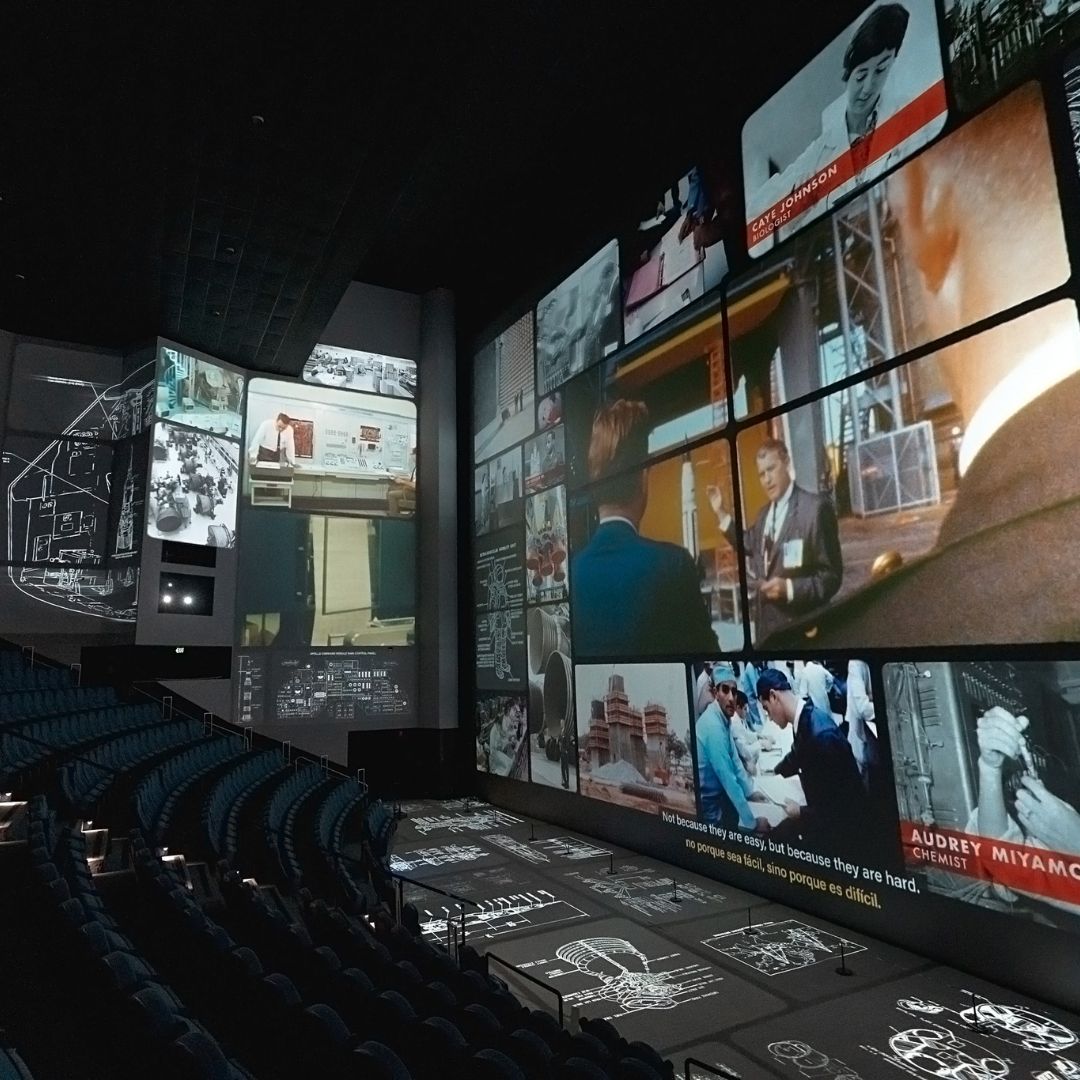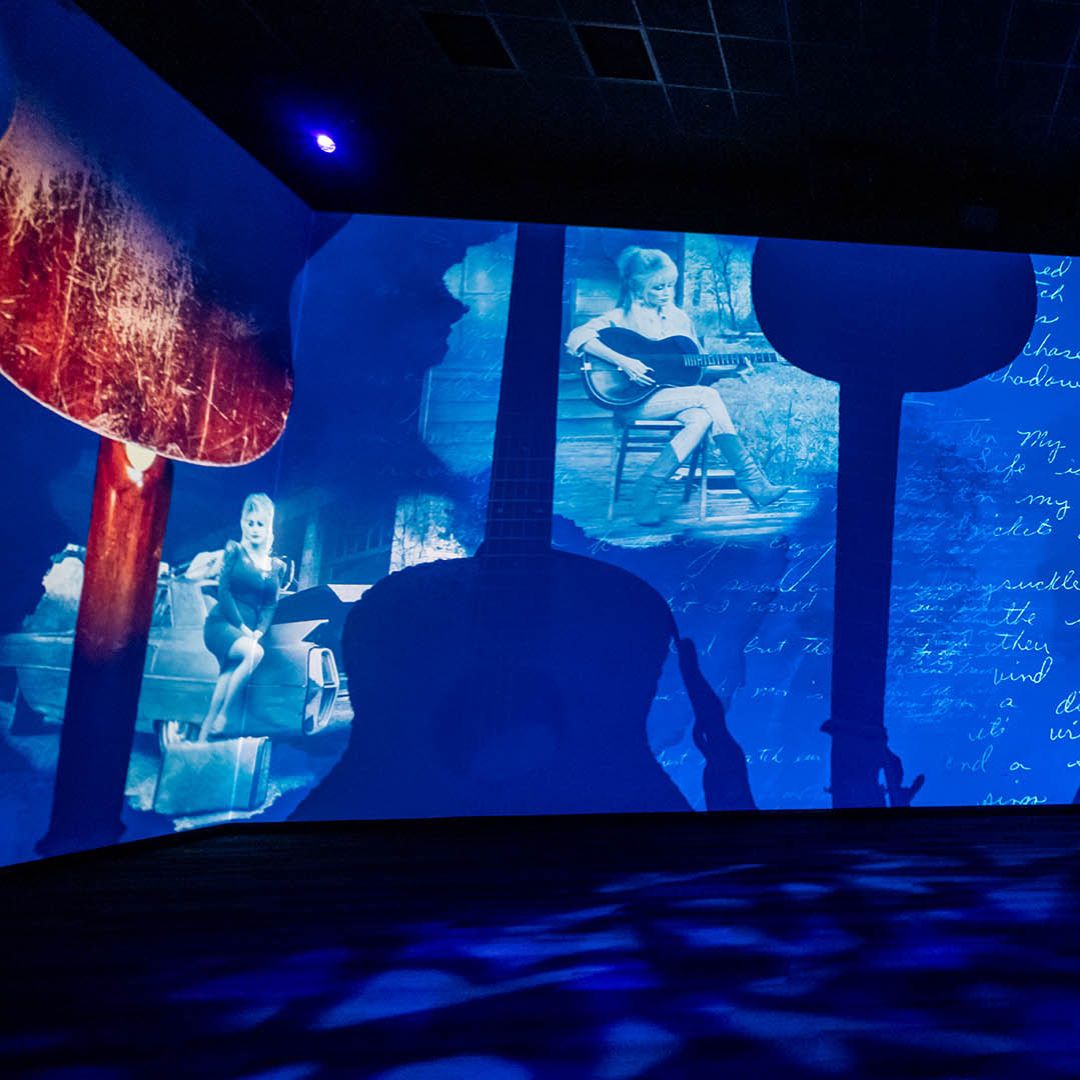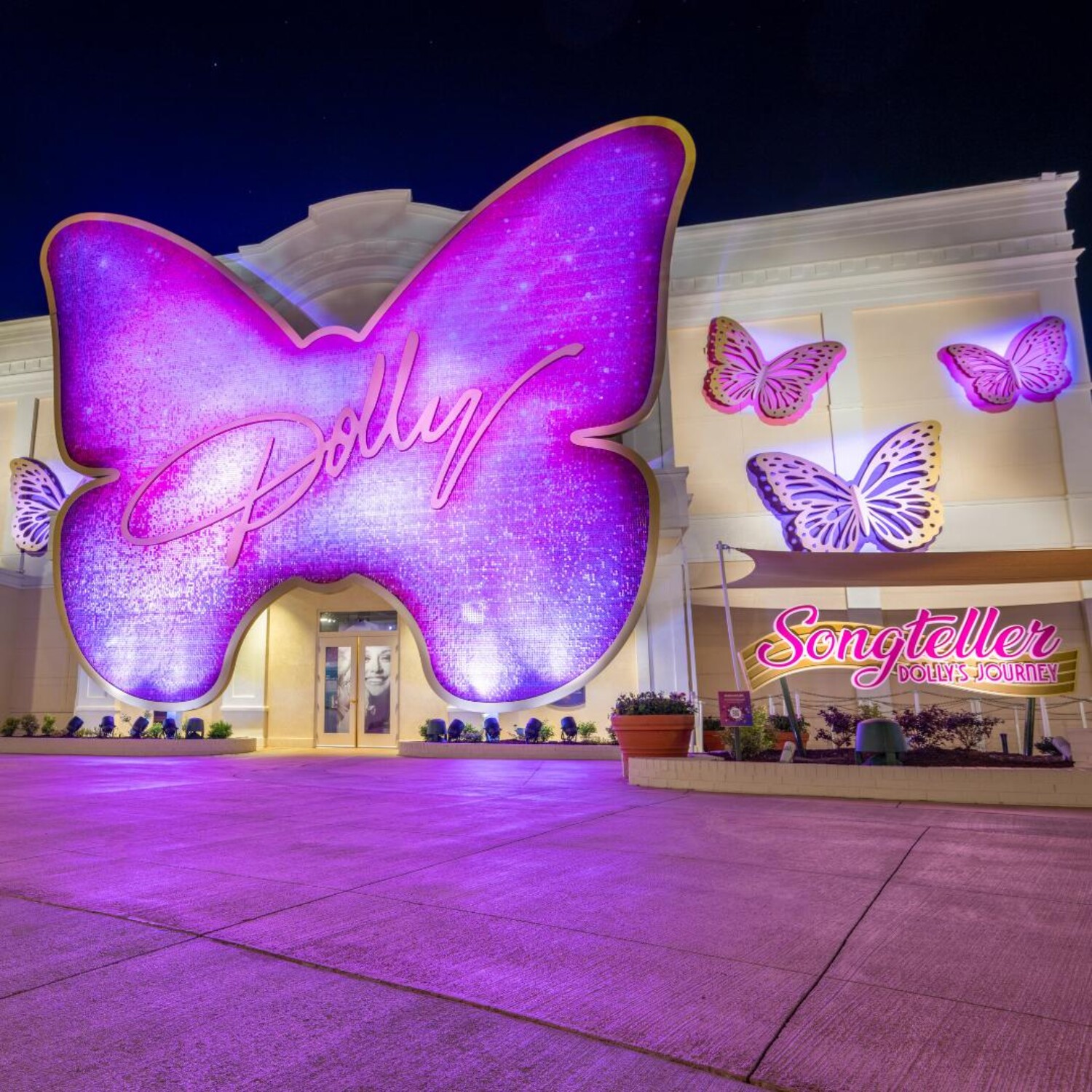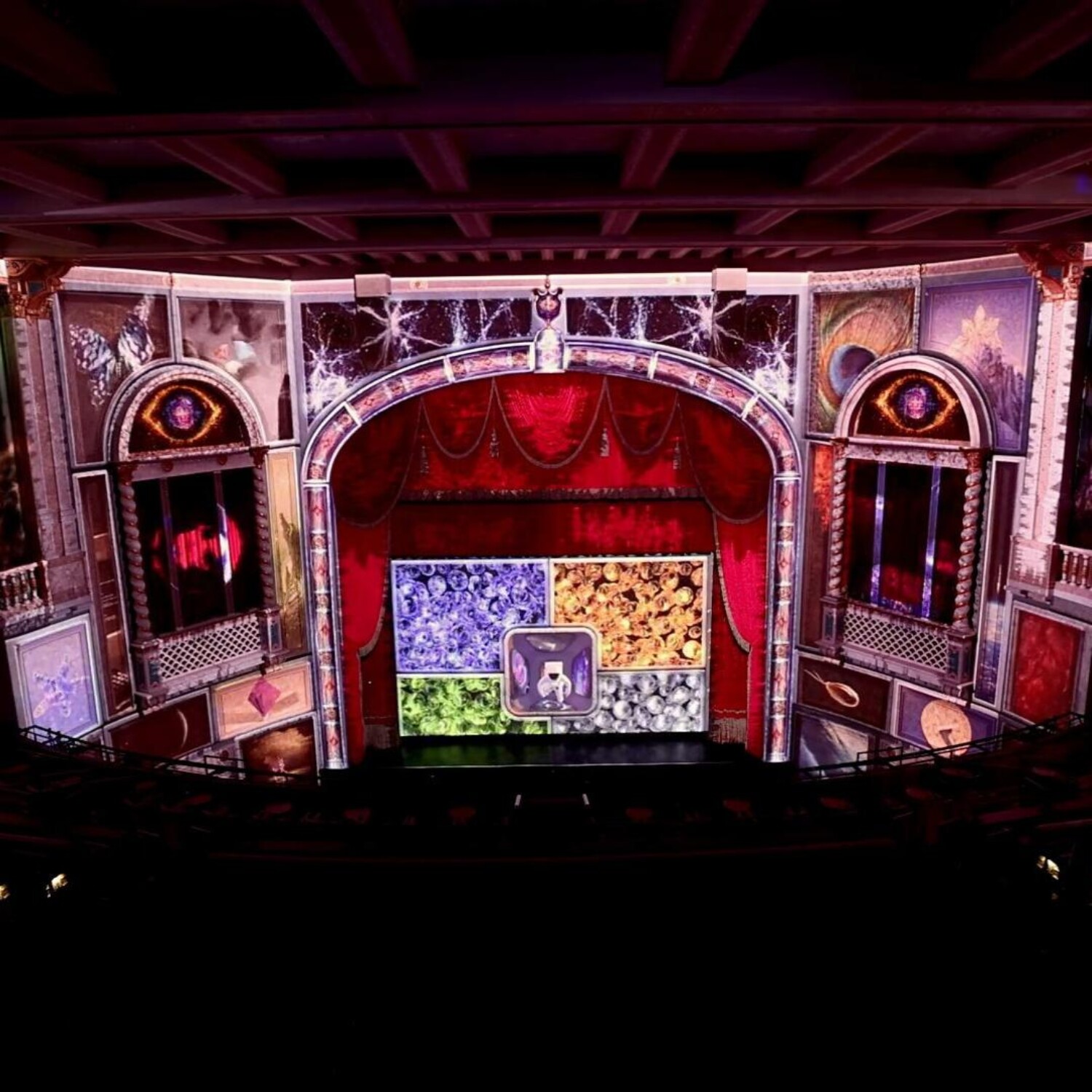360° Projection Mapping for Immersive Storytelling
In a world saturated with screens and overstimulation, audiences crave more than just another show—they want an experience. Traditional formats are no longer enough. Today’s audiences want to feel inside the story; not just watch it unfold.
That’s exactly what 360° projection mapping delivers.
By surrounding audiences with visuals, sound, and spatial design, 360° projection mapping enables creators to transport people to other worlds—under the sea, to the moon, or deep into a personal memory. From theme parks to immersive theaters, this format is quickly becoming the future of location-based storytelling.
With projects like The Sphere in Las Vegas, COSM, and Meow Wolf installations across the U.S., we’re entering an era where venues are competing to deliver the most immersive experience possible.
What Is 360° Projection Mapping?
360° projection mapping involves projecting imagery on all sides of a space—walls, ceilings, floors, and sometimes even the audience—using synchronized projectors and real-time media engines. Unlike traditional projection, which is usually front facing, this technique wraps the viewer in light and motion, allowing for complete immersion.
According to Christie Digital, a global leader in projection technology, immersive projection is driving innovation in entertainment, education, and brand experiences alike.
Why 360° Immersion Is Transforming Live Events
The power of immersive projection lies in its ability to remove the frame. There’s no more sitting back to observe—audiences become active participants in the narrative space.
Applications include:
- Immersive theater and concerts
- Themed entertainment attractions
- Interactive museums and cultural exhibits
- Experiential marketing and branded storytelling
In fact, research from the Stanford Virtual Human Interaction Lab shows that immersive environments significantly increase emotional connection and memory retention compared to traditional 2D media.
Real-World Examples of 360° Storytelling in Action
The Dolly Parton Experience – Dollywood
At Dollywood in Pigeon Forge, Tennessee, the Dolly Parton Experience reimagines biographical storytelling using 360° projection mapping. Developed in part by Quince Imaging, the experience blends curved walls, projection-mapped surfaces, RGB laser technology, and theatrical audio to place guests inside key moments of Dolly’s life.
As guests walk through the exhibit, they’re enveloped in custom-mapped visuals, moving lights, and narration that feels intimate and cinematic. The project redefines what’s possible in heritage storytelling within a theme park setting.
The Moonwalkers: A Journey With Tom Hanks
Lightroom Houston (based on the original concept in London) is a new, purpose-built venue dedicated to immersive experiences. It features a massive, cube-shaped space where every wall and surface is projection-mapped with ultra-high-resolution imagery and sound.
Visitors step into exhibits like “David Hockney: Bigger & Closer (Not Smaller & Further Away),” where entire environments shift and move around them in sync with narration. The Lightroom’s fixed infrastructure—designed exclusively for 360° content—enables storytelling at a scale and fidelity few other spaces can match.
Carolina Theatre – Charlotte, NC
After an eight-year restoration, the Carolina Theatre at Belk Place in Charlotte, North Carolina reopened with a state-of-the-art, blended remote-head projection mapping system by Quince Imaging.
This historic 1927 venue now features a custom-mapped proscenium, walls, and interior architecture that surround the audience with dynamic, animated visuals—perfect for both live performances and civic engagement events.
Two unique modes were developed:
- Performance Mode: Cinematic visuals that enhance concerts and plays
- Presentation Mode: Real-time interactivity for community panels, polls, and live discussion
This hybrid of heritage preservation and immersive AV makes Carolina Theatre a standout model for venue transformation.
The Technology Behind the Magic
A few of the tools and technologies driving this movement include:
- Projection: Christie Griffyn 4K50-RGB, Barco UDX, Panasonic RQ50
- Media Servers: Pixera by AV Stumpfl, Disguise, TouchDesigner
- Real-Time Engines: Unreal Engine, Notch
- Spatial Audio: L-ISA (L-Acoustics), Meyer Sound Spacemap Go
- Tracking: Optical and LiDAR-based audience sensing systems
These tools work together to synchronize light, motion, sound, and space—making immersive stories possible.
Who Should Use 360° Projection Mapping?
- Theaters and Performing Arts Venues looking to modernize audience experiences
- Museums and Cultural Centers aiming to attract younger, tech-savvy visitors
- Theme Parks and Attractions focused on immersive ride queues and walkthroughs
- Brands and Agencies building one-of-a-kind experiential campaigns
- Architects and Civic Planners creating multipurpose community environments
The Future of Storytelling Is All Around You
360° projection mapping isn’t a trend—it’s a transformation in how we communicate, experience, and remember stories. It erases the frame, surrounds the audience, and invites them to step into the narrative.
Whether you’re a venue owner, creative director, or experienced designer—now is the time to explore the future of immersive storytelling.






